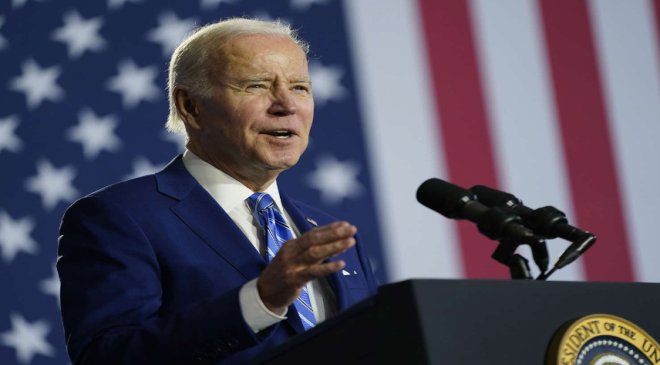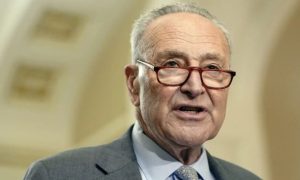The Department of Energy (DOE) recently announced it has axed plans to refill its “oil piggy bank” in August and September due to surging oil prices.
Read More : Donald Trump’s Law Firm Doesn’t Want to Represent Him Anymore
The DOE previously announced in March that it was soliciting 3 million barrels of oil for its Bayou Choctaw site in Louisiana — one of four major storage facilities for the Strategic Petroleum Reserve (SPR).
Don’t miss
- Commercial real estate has beaten the stock market for 25 years — but only the super rich could buy in. Here’s how even ordinary investors can become the landlord of Walmart, Whole Foods or Kroger
- Cost-of-living in America is still out of control — use these 3 ‘real assets’ to protect your wealth today, no matter what the US Fed does or says
- These 5 magic money moves will boost you up America’s net worth ladder in 2024 — and you can complete each step within minutes. Here’s how
The SPR is the world’s largest supply of emergency crude oil and was established back in 1975 in case of a severe oil supply crisis or economic disruption.
Read More : I’m a Bank Teller: 3 Times You Should Never Ask For $100 Bills at the Bank
Rising prices are halting refills
The Energy Department has been gradually refilling the emergency oil supply after stockpiles hit a historic low last year.
The administration withdrew a record 180 million barrels in 2022 to counter supply issues created by Russia’s invasion of Ukraine — but Energy Secretary Jennifer Granholm said in March that the strategic oil reserve would be replenished by the end of the year.
The DOE has said it’s aiming to buy back oil for the SPR at $79 per barrel or below, less than the average of about $95 it received for the 2022 sales.
Read More : How Toxic Is Trump? Republican Group’s Hidden Camera Reveals Uncomfortable Truth
However, amid increasing prices — currently hovering at around $83 per barrel — the DOE has decided to pull back on further purchases until market conditions improve.
The SPR currently holds about 365 million barrels, according to Energy Department data — down from nearly 600 million at the beginning of 2022.
Read more: Jeff Bezos and Oprah Winfrey invest in this asset to keep their wealth safe — you may want to do the same in 2024
What this means for you
Bob McNally, president of consultant Rapidan Energy Group, who served as an adviser to former President George W. Bush, told Bloomberg he believes domestic crude prices will likely remain high for the rest of the year, which means the refill program could remain paused for a while.
Read More : How Toxic Is Trump? Republican Group’s Hidden Camera Reveals Uncomfortable Truth
“If pump prices keep rising, the Biden administration will shift gears and reconsider SPR releases, though we currently do not think they are imminent,” McNally says.
But critics have concerns that the depleted oil reserves could put the U.S. at risk, especially in a time of crisis, or if the global supply hits dangerously low levels. It also means prices at the pump could remain high for the foreseeable future.
“It’s pure insanity to watch the Biden administration cut American oil production and then claim they can’t refill our critical reserve because of the price,” Daniel Turner, founder and executive director for energy advocacy organization Power The Future, said in a statement.
“We monitor market dynamics to remain nimble and innovative in our successful replenishment approach to protect this critical national security asset,” said DOE spokesperson Charisma Troiano, noting the energy department is keeping “the taxpayer’s interest at the forefront.”
“As a result, Americans are paying more at the pump, more at the grocery store and our SPR is less full during a time of rising turmoil in the Middle East.”





































